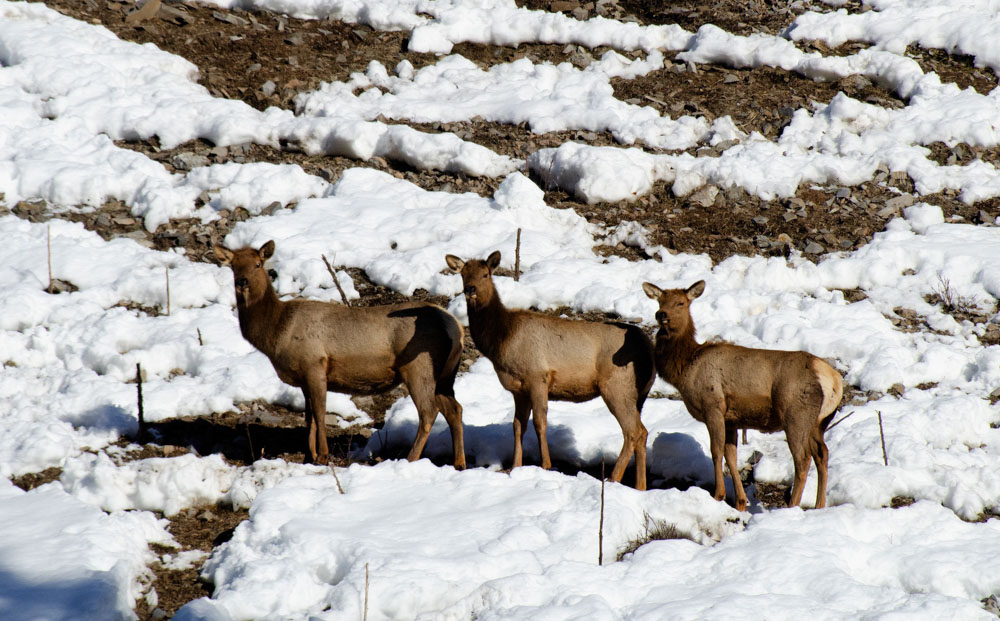Below is a news release from the Idaho Department of Fish and Game.
Idaho Fish and Game received notice on Jan. 10. 2022, that two more animals, a cow elk and a white-tailed deer doe, have tested positive for Chronic Wasting Disease. Both animals were in Unit 14 in Idaho County. The whitetail was about 4 miles south of Slate Creek in the same area as other CWD-positive deer, and the elk was about 1.5 miles northeast of White Bird.
Two mule deer bucks taken by hunters in the Slate Creek area during October were the first-ever CWD detections in Idaho.
Through Jan. 11, Fish and Game officers and biologists collected samples from about 550 deer and elk in the CWD surveillance area, which includes Units 14 and 15 and portions of adjacent units. Six total animals have tested positive, including the two mule deer bucks, two whitetail bucks, one whitetail doe, and one cow elk. All were in Unit 14. Lab results are not back yet from 10 CWD samples collected in the surveillance area during the CWD surveillance hunts.
Fish and Game asks people to report any deer or elk showing signs of CWD, which includes extremely low body weight, wide stance, lowered head, droopy ears and excessive salivation. People can report online at idfg.idaho.gov/cwd.
With deer and elk on winter range, Fish and Game officials also remind people it is unlawful to feed deer and elk within the CWD management zone defined by the Fish and Game Commission, which is hunt units 14 and 15.
People collecting road-killed deer, elk or moose for consumption or bait for trapping must not take the head or spinal column out of units 14 or 15, unless taking a head to a Fish and Game regional office for testing.
Statewide, Fish and Game tested more than 2,500 animals for CWD in 2021. Fish and Game has been testing for the disease since 1997 and sampled more than 20,000 animals during that time.
CWD is a neurological disease that affects deer, elk, moose and caribou. There is no practical live test for the disease, so only samples taken from dead animals can be used.
Although new to Idaho, CWD is found in 27 U.S. states and four Canadian provinces, including neighboring states Montana, Wyoming and Utah. Learn more about CWD in Idaho at idfg.idaho.gov/cwd.
According to the U.S. Centers for Disease Control and Prevention, there have been no reports of CWD infection in people. However, in the interest of safety, public health officials encourage people to not eat meat from animals that test positive for CWD, and hunters should follow health agencies’ precautions and recommendations.
CWD affects the nervous system in deer, elk, moose and caribou and is caused by abnormal, misfolded proteins called prions that accumulate within the spinal column and brain, causing progressive damage to those cells and brain damage.
CWD has a very long incubation period (time between infection and observable disease) that typically takes at least 10 months for a deer or elk to show signs of illness.
(Photo credit: Wisconsin Department of Natural Resources)
